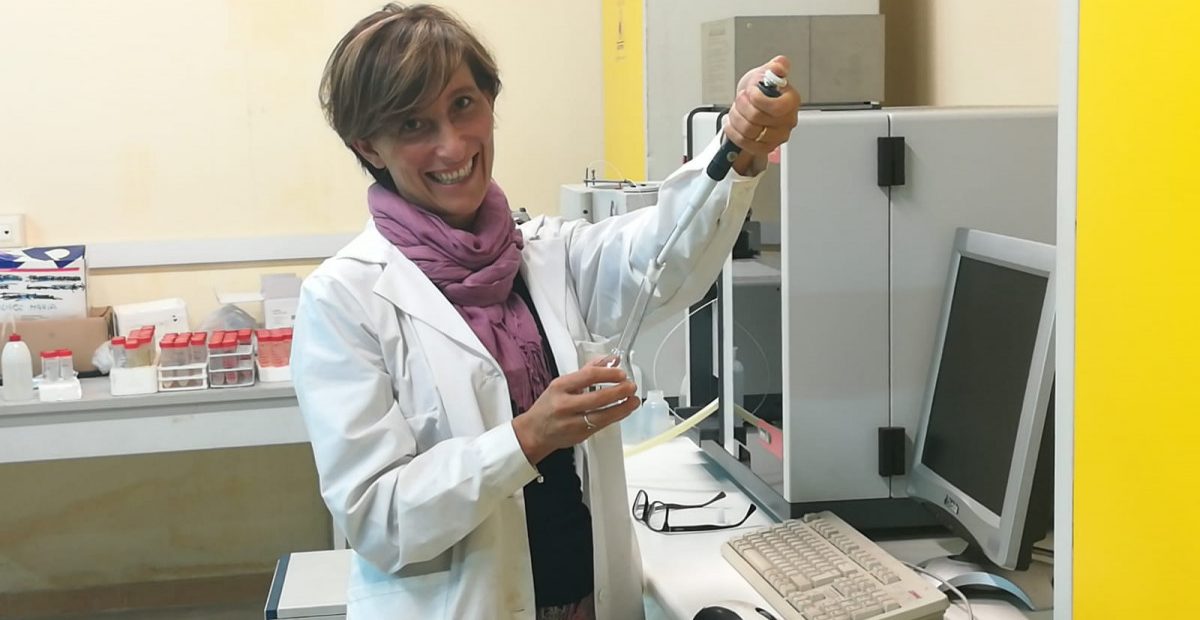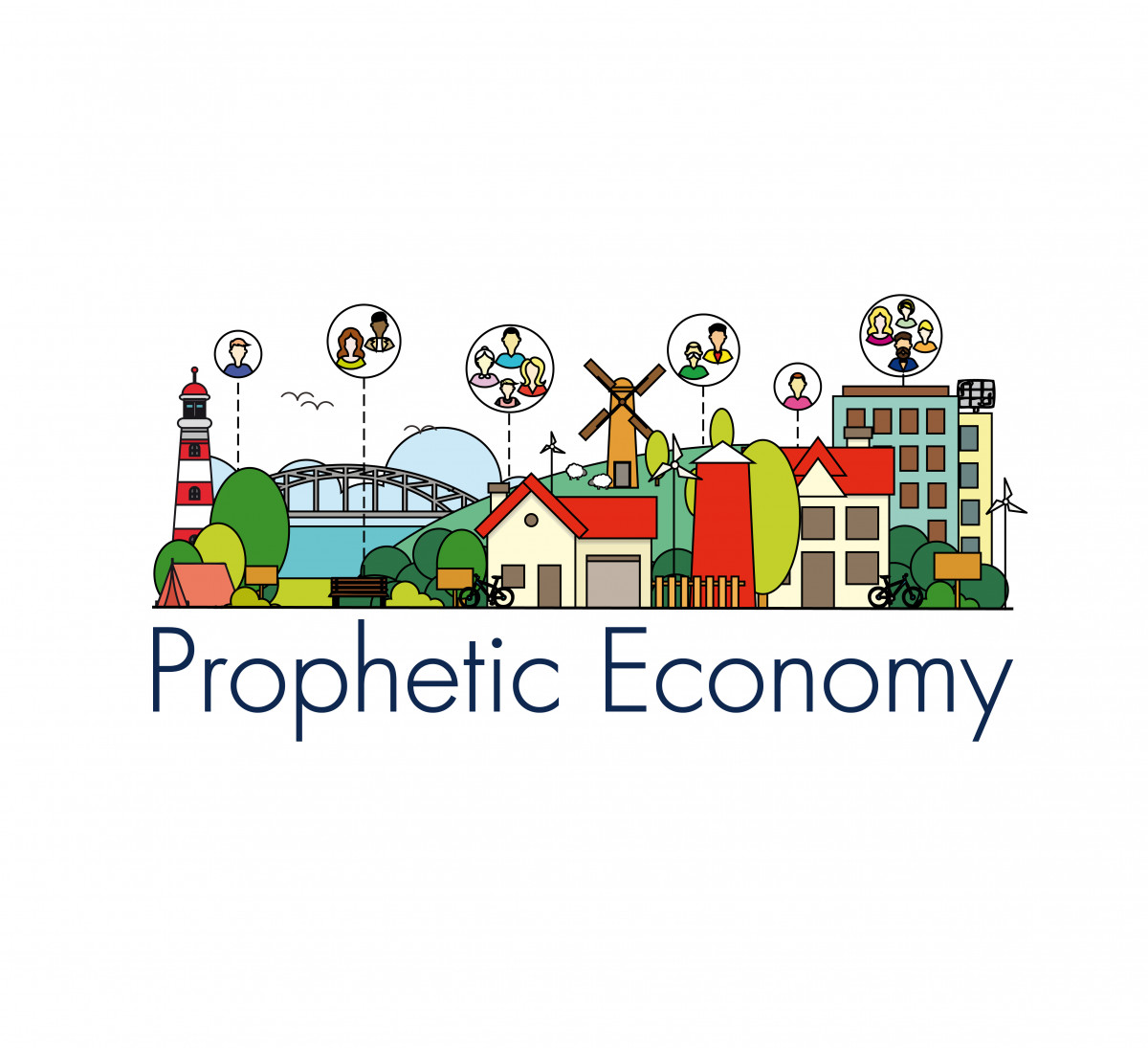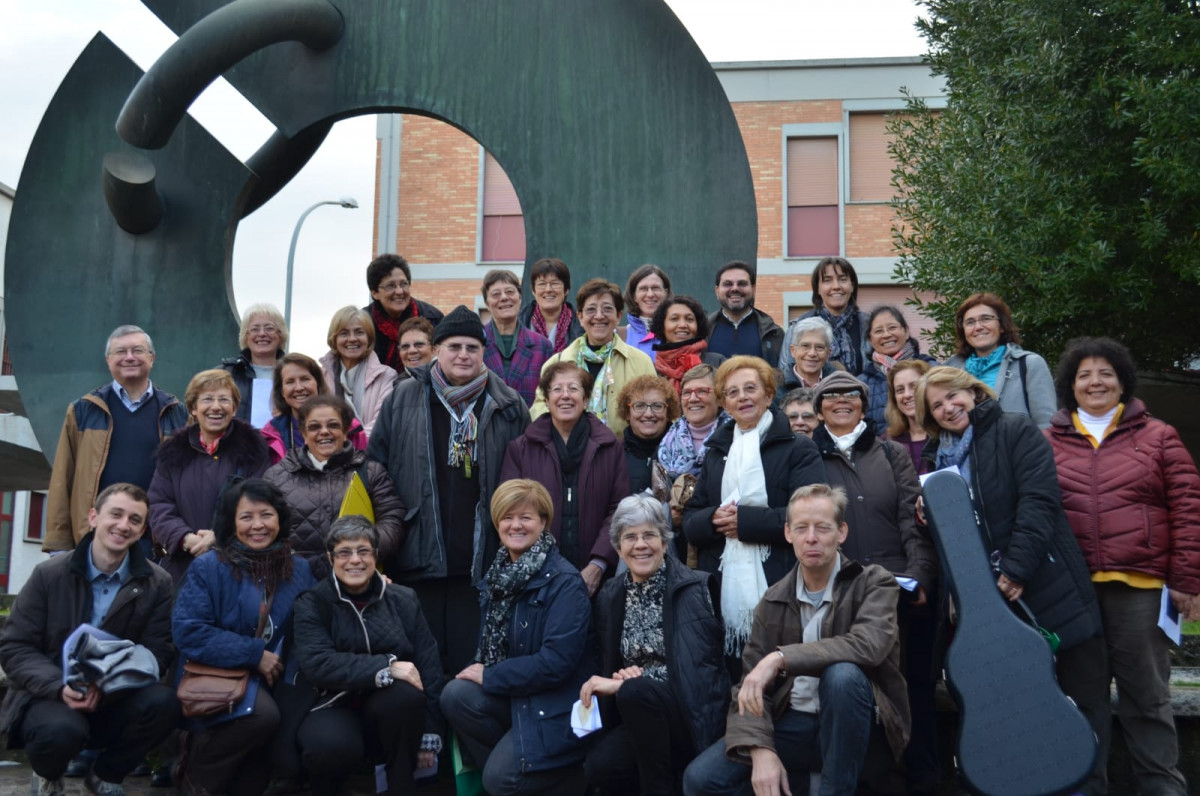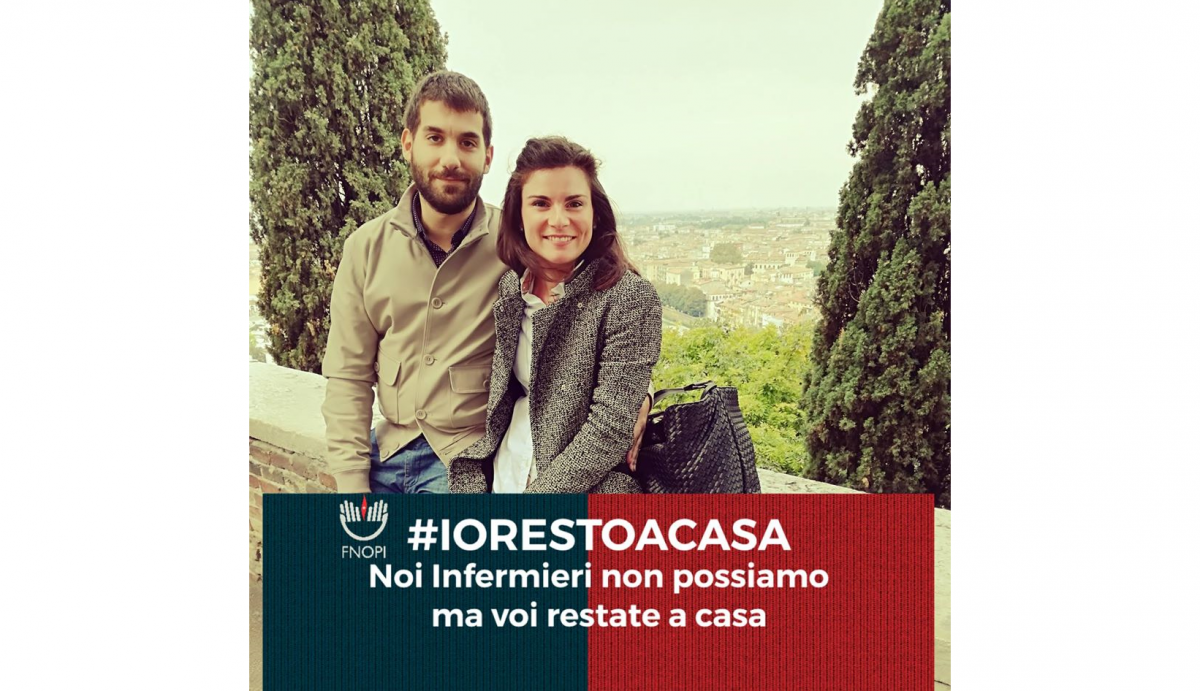
Workshop
Scientific research in the battle against injustice

Stefania Papa is a professor at the “Luigi Vanvitaelli” University of Campania. She has dedicated the past ten years to research into the contamination of the environment, particularly fruit and vegetables. When a waste crisis scandal broke out in her region, she felt she needed to do more.
«In a part of the Campania region of Italy which is already seriously degraded from the environmental point of view, the overall pollution of the environment has reached such a level that it’s being called “The Triangle of Death” or “The Land of Fires”» explains Stefania Papa, lecturer in Ecology at the “Luigi Vanvitaelli” University of Campania.
«I live in Caserta, which is very close to the Land of Fires. For over ten years I’ve been studying how heavy metals are contaminating the various sections of our environment (water, air, soil) and their eventual slippage into fruit and vegetable produce. Because of this I was drawn into the refuse crisis that hit our region. The State Forestry Service asked me to prepare a report presenting all the data I had collected, for them to use as a foundation for further investigations and to create an initial survey map. Some former organized crime gang members (Camorra) had revealed tipping locations, and further information was provided by the relatives of people who had died of malignant tumours…».
Stefania explained that the name “Triangle of Death” dates back to August 2004 and the publication of an article by Kathryn Senior and Alfredo Mazza (CNR) in the international scientific journal The Lancet Oncology (Elsevier) entitled : The Italian “Triangle of Death” linked to the waste crisis. Today about 550,000 people live in this “triangle” between the towns of Acerra, Nola and Marigliano. The death rate here from liver tumours has reached 38.4% for men and 20.8% for women, while the national average is 14%. This increase in the death rate has been attributed to the effects of pollution.
The Land of Fires refers to another vast area in the province of Naples, between the towns of Qualiano, Villaricca and Giugliano, which has become notorious for the illegal dumping of refuse, including toxic waste, attributed to the Camorra criminal organisation. Often the piles of refuse dumped in the countryside or on roadsides are set alight, causing smoke which spreads toxic substances into the atmosphere and surrounding land. This is particularly dangerous because the toxic substances enter the food chain through grazing livestock, and hence into human consumption.
«This scenario has created the basis for scientists to get together to understand what our contribution can be, and to combine our areas of expertise as we try to respond to this “cry of the earth”» Stefania continues. In this way she crossed paths with two fellow academics, one from the University of Salerno studying the biochemical modifications linked to environmental contamination, the other a geneticist at the University of Genova who for many years has been a regular visitor to Gaza, offering support to paediatric and other medical teams there. «Pregnant women in Gaza often only discovered at birth that their babies had malformations. As a geneticist, she offered to help and through her studies was able to prove a direct correlation between the occurrences of malformations and pollution caused by metals linked to the stockpile of weapons of war in the territory».
A colleague helped Stefania to get in touch with them. «And it became possible to launch the same study in Campania, for my own land. Namely, to understand if there was a link between heavy metal contamination and the high percentage of malformations».
In her work, Stefania studies the concentration of metals in specific biomarkers: hairs, which have been utilized for this purpose only in recent decades. «It’s still too early to identify a direct link because, as opposed to Gaza where the correlation between war and malformations was direct, here in this territory, the present input data is not linked to only one category of pollutants. There are different hotspots, so it’s difficult to attribute the effect to one single cause. We would need to gather an enormous quality of data. By increasing the number of case studies, statistically the data would become more trustworthy and we should be able to draw up a way forward».
In the meantime, the results have been the subject of national and international conventions and scientific journals.
«We conducted the first wave of research in collaboration with Avellino Hospital. Then, thanks to the Diana Foundation, we were able to acquire a laboratory fridge with the capacity to preserve samples at a temperature of minus-80. Since then, we are self-funding the purchase of the materials we need for analysis. We took a joint decision to use our own salaries. On the one hand, this saves us from outside interference but on the other, it really slows down the pace of research. We have to acquire the reactive chemicals through the university, making a donation».
Their study has now been extended to include the placenta and umbilical cord. «As a lecturer in Ecology in the University of Campania, I’m becoming ever more aware of how we are “relationship”, and that relationship is the fundamental form of life, it’s what permits us to renew and regenerate in a continual connection with each other. And that’s why I felt called to respond personally. I strongly feel that any injustice, more than being a violation of law or breach of ethics, is actually a negation of Being itself and of its relational foundation».






